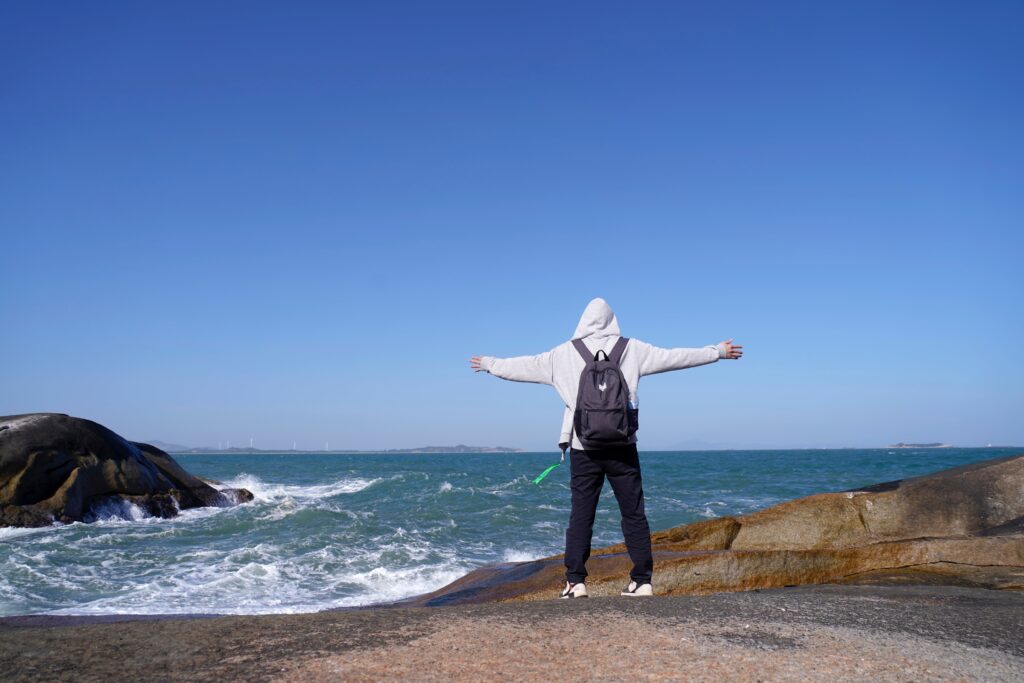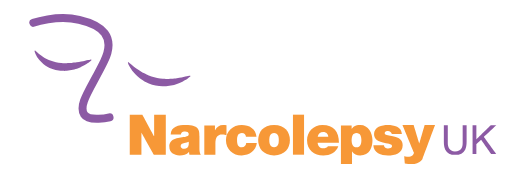27th October 2023

Last year (2022), aged 27, after cajoling my body into working a 9-5 job for several years, and having relied on a concoction of medications to get me through each day, I decided to request a career break to go travelling around Southeast Asia for three months.
There was a lot to plan. What I hadn’t appreciated, however, was just how much harder and frustrating that planning is when you need to travel with medication – a controlled drug, sodium oxybate, that I need to take daily just to function. I wanted to share my experiences (and failures) in case it’s helpful to anyone else trying to have their own ‘Eat, Pray, Love’ moment in the sunshine. Thankfully (spoiler alert) the story does have a happy ending, but here’s what I found out along the way…
Being a sleepy gal – I can usually get by with one or two naps a day – I thought my main obstacle when travelling would be my fluctuating energy levels and finding safe, comfortable places to nap every day. However, having booked my flights and with just three months before my trip was due to start, I discovered that some of the countries I was planning to visit would only allow small quantities of my medication – between seven and 30 days-worth – and others would not permit a visitor to carry any at all. As I planned to set out with enough medication to last three months, this would make visiting many of these countries very difficult. To make matters worse, I found no clear answers anywhere as to how, or even if, it was possible to overcome these obstacles.
I spent hours doing online research. I emailed each country’s embassy to the UK countless times, often with no response; I even visited the embassies in person. Each time, their answers were vague. Unhelpful. They said they didn’t have the right contacts to find out more, and they suggested that I take the medication with me in the higher quantities I needed and just ‘wait to see’ if the boarder control let me through. This, I think we can all agree, was not exactly reassuring.
I sought advice from my sleep specialist, the manufacturer (which, to my horror, racked me up a £50 phone bill as they are based in America) and charities, and still, no one could give me clear answers on how to carry three months’ worth of this medication into the countries I wanted to visit. I even spoke to a lawyer. With hindsight, I do not recommend this route. I received the same uncertain information I had found online but this time I had to pay for the privilege.
It was infuriating. I couldn’t believe there was no clear process to request bringing in the amount of sodium oxybate I needed. I didn’t want to risk spending all that money on flights, getting all the way there, to then not be allowed to bring my medication into the country. It’s a total lifeline for me, and without it I would need anywhere between 5-10 naps a day, which as anyone with narcolepsy knows, has a big impact on quality of life, and would mean I barely got to experience the trip at all, or worse, ended up in a cell somewhere charged with drug smuggling.
Living with a long-term condition can make you feel trapped sometimes, in a body that doesn’t cooperate, in a never-ending cycle of medicine, side-effects and symptoms. That’s why I was so excited to experience the freedom of backpacking, to live by my own schedule, to go wherever I wanted and to take leisurely naps in the sunshine at any time of day. After weeks of trying to get answers, and with my career break getting closer, it was beyond frustrating that having narcolepsy had placed yet another barrier to my ability to do something that so many able-bodied people take for granted. In a society that so often claims to be inclusive, this is simply unacceptable.
Eventually, I had to give up hope of travelling to some countries, as they either only allowed in tiny amounts of a prescribed CD, or it seemed like they didn’t allow it in at all. However, I eventually identified two countries in Asia that allow tourists to take in as much prescribed CD as you need for your entire trip: Indonesia and Japan. I then chose two other countries that allowed a limited amount to be brought in. I was so relieved to find a way to make it work, but equally I was disappointed to be forced to limit my horizons.
Nevertheless, on 2 May this year, after many obstacles and anxious thoughts, I embarked on my adventure, medication safely stored in my hand luggage, and mentally prepared to get interrogated at every security point.
This is what actually happened: nothing dramatic in any of the four countries I visited. In Indonesia and Japan, the customs officials read my documents and gave me the ‘all clear’ to take my medication in with me. In the other two countries, they waived me through security without batting an eyelid; even when I attempted to declare the medication officially, they just pointed me through to the airport exit. Having envisioned myself donning a prison jumpsuit for my remaining years and crying down the phone to parents, I was let through with no issues.
After the stressful ‘will I or won’t I get turned away at the border and have to fly thousands of miles home’ part, the three months I spent travelling were amazing, and I am so grateful that I persevered. One of my absolute highlights was the time I spent travelling by myself, as I had no idea whether this would work for someone like me. It might seem obvious to able-bodied people that solo travel is easy and accessible for most, but having to manage symptoms of narcolepsy and cataplexy whilst travelling alone can be daunting, particularly finding somewhere safe and comfortable to nap in the middle of each day, or dealing with such intense fatigue that basic functioning goes out of the window.
In some ways though, travelling by myself was easier than I’d anticipated. I could arrange my schedule to suit me; travel around using taxis (which were way more affordable in Indonesia than in London), and the hot weather gave me the freedom to go out for the whole day and nap outdoors on beaches or in parks when I needed. Travelling solo helped me to realise that this was something I could access after all (albeit with adjustments), and that was very liberating for a tired human like me. It wasn’t all plain sailing though, and at times I was so exhausted that I had to take myself away from the hustle and bustle of travel and socialising for long periods of time to rest, but all the way through, I had the same philosophy: I would rather see what I can of this world (in-between naps) than miss out completely.
Liz Kennedy
Just in case it’s helpful, here is a list of things I wish I’d known before I went travelling:
- Before you book your flights, check the information on the embassies websites for each country regarding whether you can take your medication in with you.
- Group tours are a good way to travel as they often have a tour bus to nap in and a fixed schedule, therefore you can pick and choose what activities you join in with and arrange to meet up with the group after nap time if necessary. And no, it’s not just for pensioners, most companies do tours for all ages.
- Don’t worry about missing out on stuff; go at your own pace. Trust me, half of the people I met travelling had more nap times than me and as far as I’m aware they did not have narcolepsy.
- It’s up to you if you want to disclose your condition to people you meet on your travels, but in my experience, most people were understanding and weren’t offended if I turned them down on offers to hang out when I need to nap.
- Some people might make unhelpful comments about narcolepsy that they think are funny, so choose a kind but to-the-point way of shutting this down. The comment I find most annoying is ‘wow I wish I could nap everyday’, to which I want to respond ‘I wish I didn’t have to take two medications just to stop myself falling asleep 10 times a day’. But I try not to say that as unsurprisingly it tends to be a mood killer.
- If you can afford to, stay in a central area and adjust your schedule so you can be back at your accommodation for nap times. For me, I found it best to head out earlyish and get back after lunch for a nap, before venturing out again at around 3pm for more exploring.
- If you do plan to go out for the whole day, try to make a note of safe and comfortable public places you can nap in, like parks, long bus/train journeys, on a beach (make sure it’s under an umbrella though; no-one wants an accidental three-hour long nap in 40-degree sunshine)
- Most of all, have fun! Life can be hard when you have a long-term health condition, so go easy on yourself and appreciate the things that you can take part in, and try not to dwell on the things you can’t.
